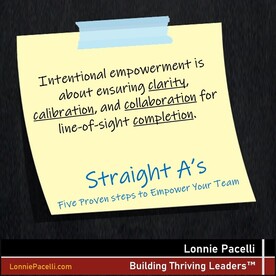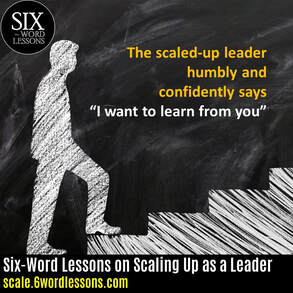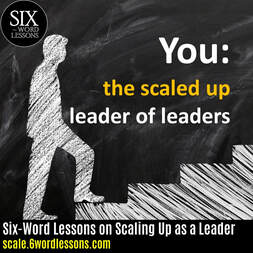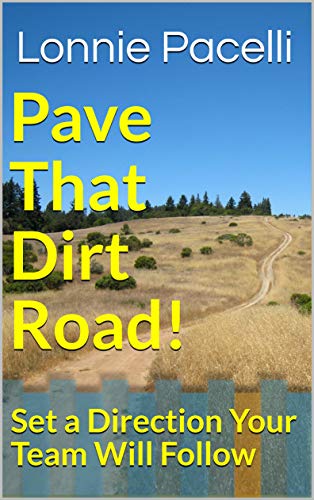|
I've done a lot of thinking about knowledge and wisdom. Many use the term interchangeably. Couldn't be further from the truth. Here are my 12 key differences:
0 Comments
 In The Secret to Managing RAID Effectively (Part 1), I introduced the RAID 101 model, which articulates the interrelationships between risks, assumptions, issues and dependencies. The model has six main components:
Read more at ProjectManagement.com.  In my four decades as a professional, I’ve worked as a consultant at Accenture, hired consultants at Microsoft, and engaged with many clients while running my own firm. I’ve seen consulting from many different vantage points—some very positive, others not so much. Of all these, I have by far enjoyed working in my own consultancy the most. I’m in no way trying to dismiss Accenture or Microsoft; I’m still on friendly terms with them, and strongly advocate them as employers. But going off on my own worked out best for me. Hanging your own shingle is a bit like a bungee jump: it’s exciting, exhilarating and scary all at the same time. I’ve learned that branching off as an independent consultant isn’t for everyone, and that the most important first step anyone could take is to do some honest introspection on whether being an independent consultant is for him or her. To that end, I have developed 12 questions that I believe are important to ask if you want to be your own consulting boss: Read more at ProjectManagement.com.  Risks. Assumptions. Issues. Dependencies. Four concepts that almost every project manager has dealt with in one form or another. When managed effectively, they significantly reduce execution friction and better secure scope, schedule and budget success. When not managed effectively, it’s like riding a bike with the brakes engaged—you may ultimately get to where you want to be, but it takes a lot more effort to get there. Key to managing risks, assumptions, issues and dependencies (RAID) effectively is not just understanding each concept—it’s truly internalizing how the concepts interrelate. Understanding the interrelationships better positions the PM to not just manage each individual RAID component, but also to proactively address problems and avert scope, schedule or budget impacts. To that end, my focus is to not just explain each of the RAID components, but to demonstrate the connection points between them. In my view, which I call the RAID 101 Model, the relationships look as follows: Read more at ProjectManagement.com  Alina has been Maya’s mentor for the past year. They were just about to wrap up a mentoring session at their favorite coffee shop. “Alina, I so appreciate your being such a great mentor. You’ve helped me so much!” “Thank you for saying that, Maya. Can I ask you a question?” “Sure,” Maya said. “Are you mentoring anyone?” Maya paused. “…me? A mentor?” “Uh huh.” “I just don’t think I have the wisdom to be a mentor to anyone.” “Why’s that?” “I just feel like I have so much to learn,” Maya said. “We all do. The point is, you’ve learned a lot about life that someone else might be able to benefit from. We’ve talked a lot about inner-city youth and your personal experiences with overcoming challenges in your upbringing. You’ve done an outstanding job and could really be helping others follow the same path you took.” “I don’t know,” Maya said. “How about you think about it, Maya. You’ve been a great mentee, and I think you could also be a great mentor in the right situation.” “Okay, I will.” Maya got up from her chair. “Same time next month?” “Wouldn’t miss it.” Maya walked back to her car. “Me, a mentor?” she said to herself. It was then she thought about a young girl she met last month who reminded her a lot of her own upbringing. “Maybe so,” she whispered as she smiled and drove off. Read more at ProjectManagement.com
|
Topics
All
Reprints
Contact Lonnie about article reprints. Please specify article you wish to reprint. Backlist
See Lonnie's Amazon Author Page Archives
July 2024
|
Lonnie Pacelli - Building Thriving Leaders™
Insightful | Creative | Direct Advice to Help Leaders Help Themselves
Keynote Speaker | Board Director | Autism Advocate | Author | Project Management Expert | Microsoft/Accenture Veteran
See his books on Amazon
Insightful | Creative | Direct Advice to Help Leaders Help Themselves
Keynote Speaker | Board Director | Autism Advocate | Author | Project Management Expert | Microsoft/Accenture Veteran
See his books on Amazon
Services |
About
|
© COPYRIGHT 2019. ALL RIGHTS RESERVED.
We are a participant in the Amazon Services LLC Associates Program, an affiliate advertising program designed to provide a means for us to earn fees by linking to Amazon.com and affiliated sites.
|




 RSS Feed
RSS Feed